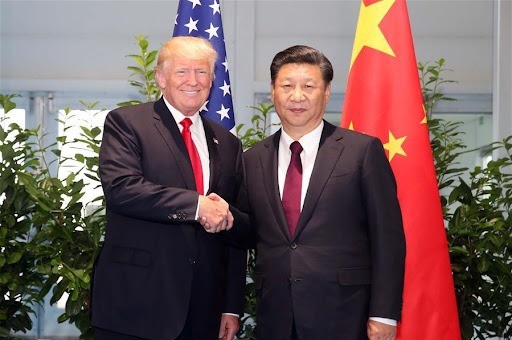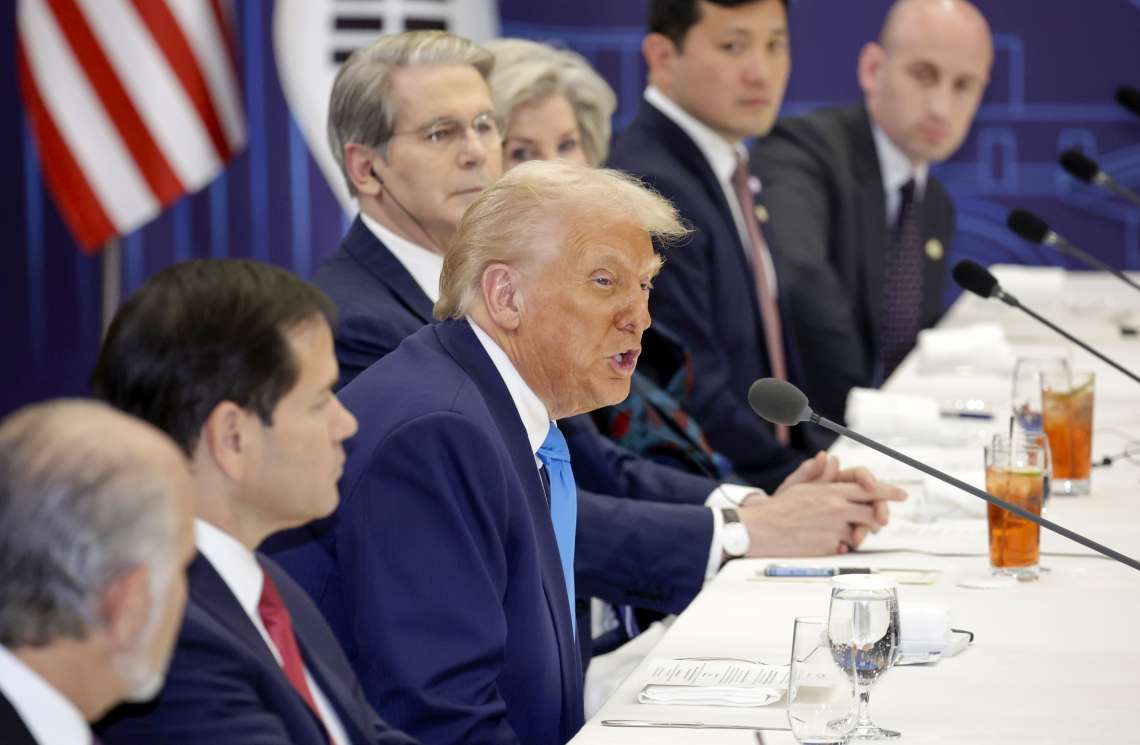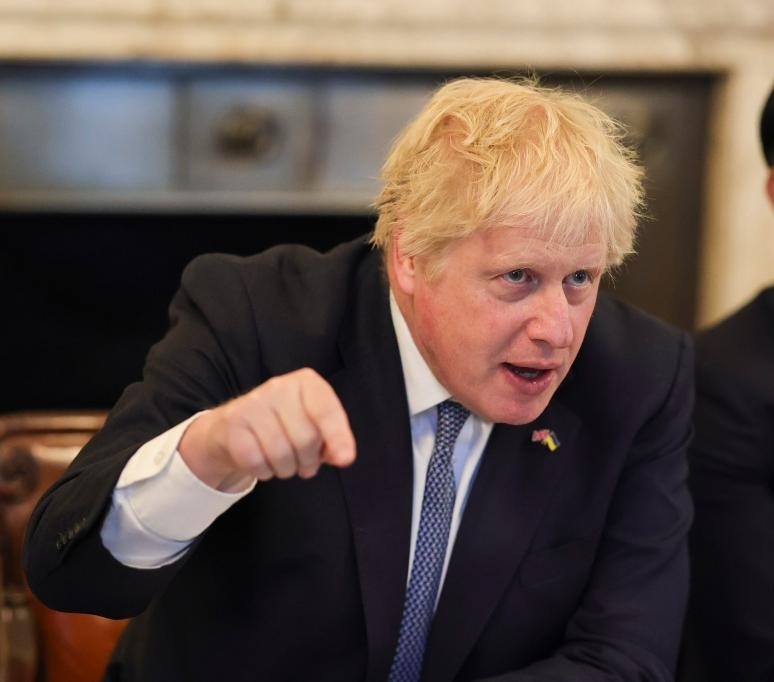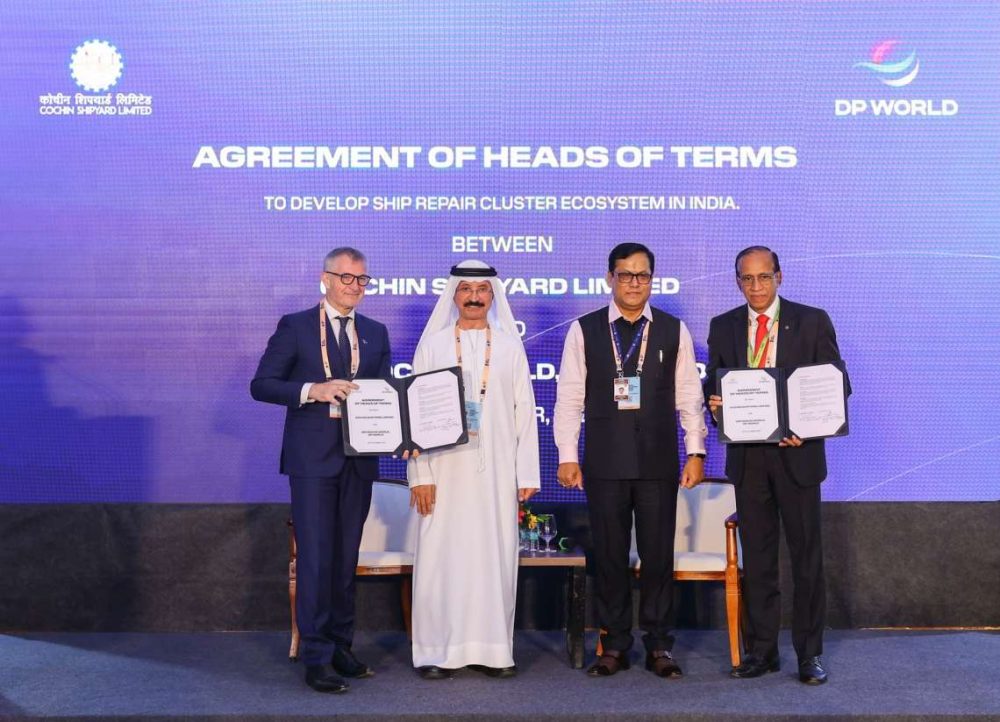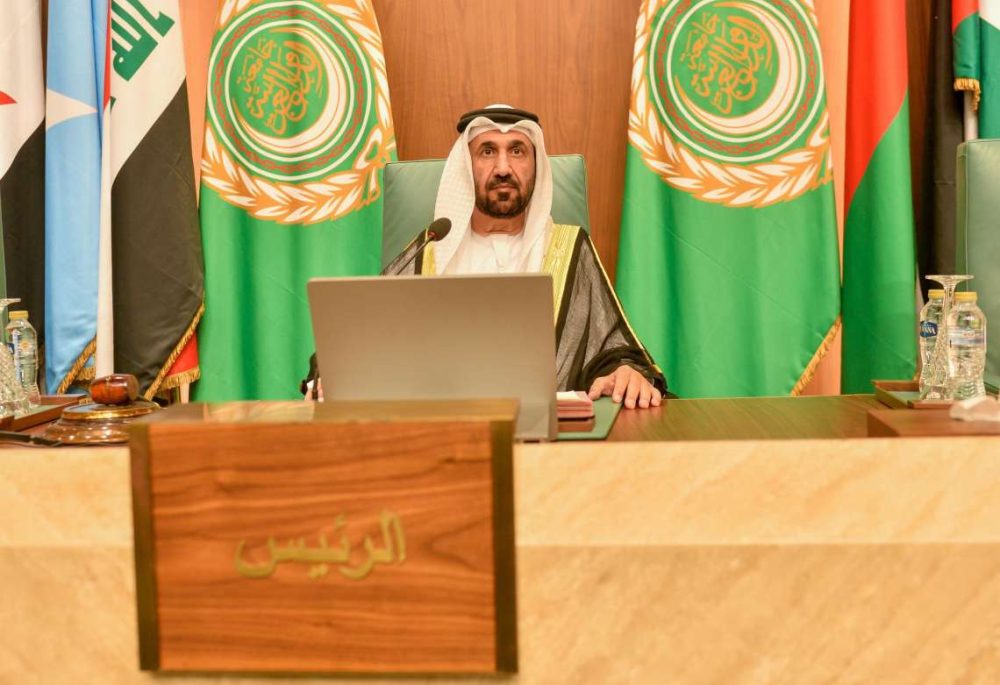Trump and Xi strike a fragile truce in trade tensions as Washington seeks tariff relief and Beijing plays the long game…reports Asian Lite News
President Donald Trump emerged from his meeting with Chinese leader Xi Jinping brimming with his trademark bombast, declaring it a “great success” and giving it a score of “12 on a scale of 1 to 10.” China, however, appeared far more restrained. Beijing’s initial statement had the measured tone of a manual, urging both sides to “follow up as soon as possible.” The contrast in tone reflected a deeper truth — while Trump sought a quick win and a headline-grabbing deal, Beijing’s approach was calculated, patient, and strategic.
The outlines of the understanding struck between the world’s two largest economies remain sketchy. Trump suggested that a trade deal could happen “pretty soon,” but China signalled it was in no rush. Negotiators have been at the table for months, and the road to a formal agreement still looks long. Yet, Thursday’s outcome represented a breakthrough of sorts. It has steadied a relationship that has often lurched between confrontation and cautious engagement, and offered global markets a glimmer of reassurance.
According to statements from both sides, Washington would lower tariffs on Chinese imports while Beijing would suspend controls on the export of rare earth elements — minerals essential to producing everything from smartphones and electric vehicles to military hardware. It is a move with significant symbolic and strategic weight, given China’s dominance in the rare earths market, processing nearly 90% of global supply.
For Trump, whose political instincts are driven by optics and momentum, the summit’s outcome is a tangible win at a time when he is under pressure to deliver results in his second term. But the “art of the deal” with Trump often requires a mix of flattery and theatre, a lesson world leaders have learnt quickly. South Korea gifted him a golden crown, Japan’s prime minister nominated him for a Nobel Peace Prize, yet Xi offered only a brief, businesslike encounter at a South Korean air base — the two leaders meeting briefly as one arrived and the other departed.
That moment captured the asymmetry in their relationship. Xi’s composure stood in contrast to Trump’s exuberance. Beijing’s approach has been defined by caution and quiet defiance ever since Trump launched his trade war during his first term. When the US raised tariffs on Chinese goods, China retaliated in kind, warning that there would be “no winners” in such a confrontation.
Xi’s calculus is long-term. Unlike Trump, he does not have to contend with elections or restless voters. Yet he faces his own pressures: a slowing economy, youth unemployment, weak consumer confidence, and the need to sustain growth to preserve the Communist Party’s legitimacy. Despite these headwinds, China has shown an unusual willingness to absorb the pain of sanctions and tariffs. Official pronouncements from Beijing repeated that the country would “fight until the bitter end,” underscoring its readiness to endure hardship in pursuit of strategic goals.
At the height of the tensions, China wielded its most potent economic weapons. It curtailed exports of rare earths — a critical component in global manufacturing — hitting the US where it hurt most. That move forced Washington to prioritise lifting those restrictions, giving Xi valuable leverage at the negotiation table. Beijing also halted purchases of American soybeans, a calculated move aimed at Trump’s political base in the Republican heartlands. Reports this week suggest that those purchases have resumed, signalling goodwill but also underscoring China’s control over the pace and tone of the détente.
The dynamic between the two leaders reflects how much the geopolitical landscape has shifted since Trump first entered the White House. Beijing is now more resilient, more diversified, and less dependent on the US market. American imports once accounted for nearly 20% of China’s exports; that figure has now fallen to around 11%. Over the past four years, China has cultivated alternative trade partners and fortified its domestic manufacturing base, reducing its vulnerability to American economic pressure.
The meeting itself, set at a South Korean air base, offered the kind of symbolism both sides relish. Xi, characteristically inscrutable, arrived just a day after confirming the encounter, projecting confidence and control. He stood motionless as Trump leaned in for a whisper — a gesture that summed up the contrast in style and temperament. At the meeting’s close, Trump escorted Xi to his car, only to find himself walking off camera alone, while Xi disappeared behind a cordon of Chinese security.
For all the theatrics, there was substance in the optics. The fact that the leaders met at all — after years of tariffs, recriminations, and mutual suspicion — is a signal that both sides see value in stabilising their relationship, even if only temporarily. For global businesses and financial markets, weary of uncertainty, this thaw offers a welcome pause.
Yet few expect calm to last. Even if a deal materialises and signatures follow, the underlying rivalry remains unresolved. China has shown it will not bend to Washington’s pressure, while the US remains determined to contain Beijing’s technological and strategic ambitions. What emerged from the Trump–Xi meeting, therefore, was not a resolution but a reset — a fragile, face-saving pause in a contest that is far from over.
In the short term, markets may rally and rhetoric may cool. But in the long term, the meeting has merely reaffirmed what both sides already know: the era of US–China interdependence has given way to one of strategic competition, where each handshake hides a clenched fist.


